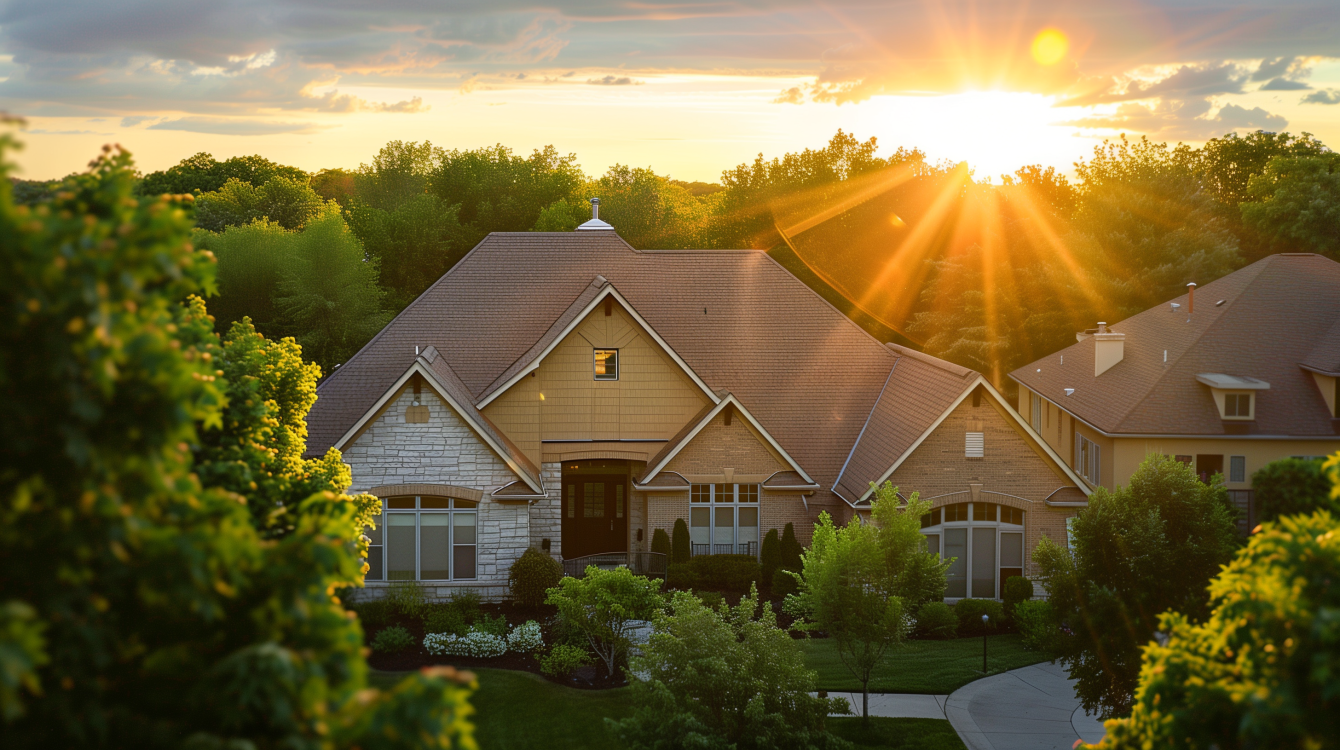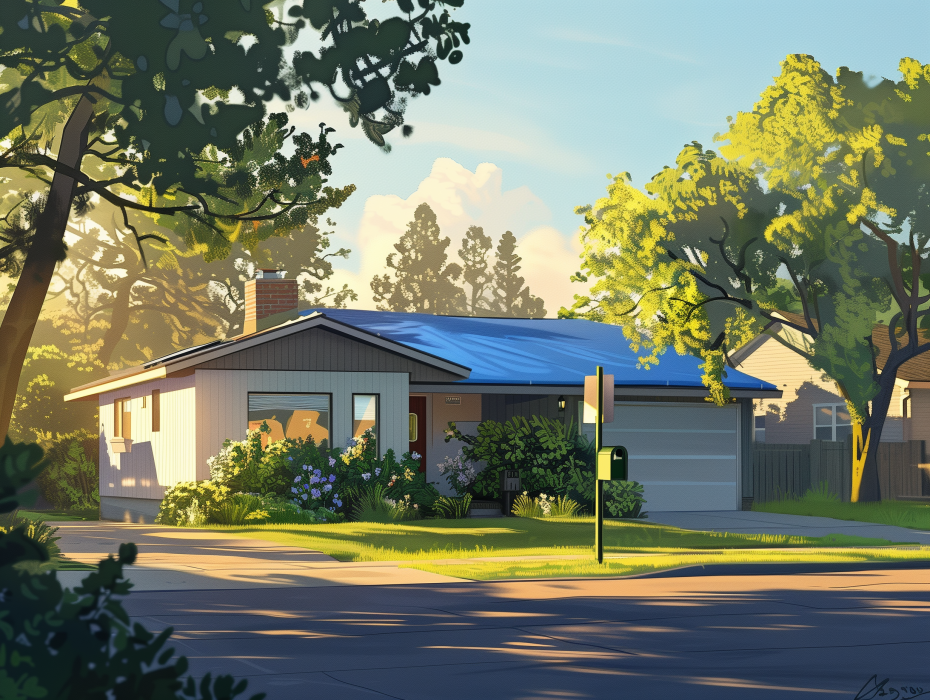Understanding Your Roofing Repair Choices Post-Insurance Claim
When a storm damages your roof, navigating the insurance claim process and understanding your repair options can be daunting. This guide aims to simplify that journey, ensuring that your roof repairs comply with local building codes and insurance requirements, and are completed using quality materials and skilled contractors.
Roof Repair Options
1. Emergency Repairs
- Immediate Needs: To prevent further damage to your home, temporary repairs such as tarping or emergency patches might be necessary. These are usually reimbursable by insurance, provided you keep receipts and document the damage.
2. Partial Replacement
- Assessment and Matching: If only part of your roof is damaged, a partial replacement may be suitable. However, matching new shingles to your existing roof can be challenging due to weathering or discontinued colors. Code compliance may require that all roofing materials be replaced or match visually and in performance standards, so check with your local building authorities.
3. Full Replacement
- Long-term Solution: In cases of extensive damage, a full roof replacement might be warranted. This is often covered under homeowners’ insurance if the damage is storm-related. Replacing the entire roof ensures uniformity in appearance and compliance with the latest building codes, which enhance wind and fire resistance.
Choosing Roofing Materials
- Asphalt Shingles: Popular due to their cost-effectiveness and ease of installation. Ensure they meet local wind and fire resistance codes.
- Metal Roofing: Offers superior durability and fire resistance. Ideal for high wind areas as specified by the International Residential Code (IRC).
- Slate and Tile: Highly durable and fire-resistant, though more expensive. Proper installation is crucial for these heavier materials to meet code requirements.
Insurance Claim Process
- Documentation: Gather evidence of damage through photos and detailed notes.
- Claim Filing: Contact your insurance provider to file a claim. An adjuster will assess the damage to determine coverage.
- Estimates: Obtain multiple repair estimates from licensed contractors to ensure fair pricing and quality service.
- Approval and Repair: Once the claim is approved, work with a contractor who understands local building codes to start the repairs.
Building Codes and Compliance
Ensure compliance with the IRC and local amendments, focusing on:
- Wind Resistance: Choose materials and designs rated for your area’s wind speeds to withstand future storms.
- Water Resistance: Installation methods should prevent water infiltration, which is critical in storm-prone areas.
Conclusion
Navigating roof repairs after an insurance claim involves understanding your coverage, choosing the right materials, and ensuring code compliance. By following these guidelines, you can restore your roof’s integrity and ensure long-term protection against future elements.
For immediate service or consultation, you may contact us at Allied Emergency Services, INC.
Contact Information:
- Phone: 1-800-792-0212
- Email: Info@AlliedEmergencyServices.com
- Location: Serving Illinois, Wisconsin, and Indiana with a focus on the greater Chicago area.
Disclaimer: This article is intended for informational purposes only. For professional advice, consult experts in the field. If you require immediate assistance or have specific questions, our human support is readily available to help you.












